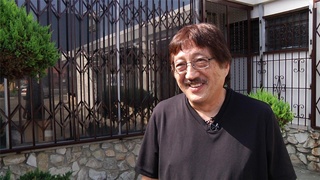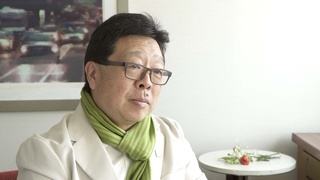Interviews
Reflections on childhood
I grew up going to schools were it was really diverse, so I think I felt…I really didn’t feel like an outsider in elementary school or middle school because everyone was so different. It’s like nothing special, everyone has differences.
I’ve always been able to hang out with both Shin folks. So my mom worked at an office where there was a lot of Shin folks coming in.
It wasn’t until college that I really understood the differences between each identity, I was just like...well these are different friends I hang out with. But in college I learned more about...that’s the first time I actually learned about the incarceration camps, it was the first time I learned about Spam musubi and chili rice. So it was like a whole new education for me to learn about these different identities and these different folks that walked through life.
I think going to Okinawa when I was so young and meeting other Nikkei Okinawan folks from all different parts of the country and the world, that was something that I always felt like…well if there’s common ground then we’re still community, then we’re still family.
Date: August 30, 2018
Location: California, US
Interviewer: Sharon Yamato
Contributed by: Watase Media Arts Center, Japanese American National Museum
Explore More Videos






Postwar school-life
(b. 1930) Half Japanese and grew up in both Japan and the United States.

Fifty Years and Going Strong
(1938-2020) Japanese American attorney and civil rights activist

Re-examining Identity
(1941-2018) Japanese Canadian photojournalist and activist


The difference between Nikkei community in Oizumi and Brazil (Japanese)
(b. 1979) Sansei Nikkei Brazilian who lives in Oizumi-machi in Gunma prefecture. He runs his own design studio.



Her motto came from her mother
Sansei judge for the Superior Court of Los Angeles County in California

Changes in the Nikkei Community in Japan (Japanese)
(b. 1962) Nisei Japanese Argentinian, currently residing in Japan

Keirokai, the biggest celebration in the Cali Nikkei community
(b.1974) Japanese Colombian who currently resides in the United States
